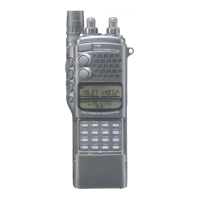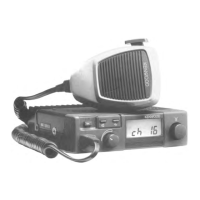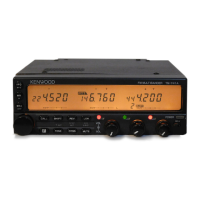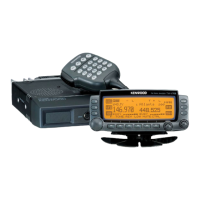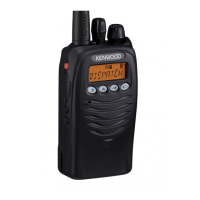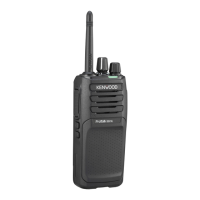From The N3UJJ.COM Document LibraryFrom The N3UJJ.COM Document Library
SCAN
Scan
is
a useful function
for
hands-off monitoring of
your favorite frequencies.
After becoming comfortable
with how
to
use all types of Scan, the monitoring
flexibility gained will increase your operating efficiency.
Scan
Type
Purpose
Memory Scan
Quick activity update
of
your favorite
frequencies.
__
,,
·------·'-~
Band Scan ·General update
on
band activity.
r--~~----,
'
''
..
'"
Program Scan
Similar to
Band
Scan except over a
narrower segment of the band.
-''
,_,
__
···~
MHz
Scan
Scan all frequencies within a 1
MHz
, range.
Note:
•
If
PF
keys on a microphone being used for remote control
of
your
dual bander are assigned the UP/DOWN functions, scan direction
can
be reversed using these
PF
keys. Refer to page
56
for
identification
of
the microphone
PF
keys
and
further information
•
If
Page
or
Tone Alert is ON, Scan
wt/1
not function
+
For
CrCSS
operation, Scan stops
and
the squelch opens only for
signals that contain the
same cress tone that is stored in your
dual bander.
•
For
orss operation, Scan stops for
any
signal received;
however. the squelch opens only for signals that contain the
same
orss code that is stored in your dual bander.
+ When bot,i cress
and
DTSS
are ON, Scan stops for signals
that contain the matching
CrCSS
tone. However,
/he
squelch
opens
onlr
when the matching orss code is received.
SCAN
RESUME
METHODS
When using Scan, it's necessary
to
decide under what
condition
you
want your dual bander to continue
scanning
after detecting and stopping for a signaL
You
can choose Time-operated Scan or Carrier-operated
Scan. The default
is
Time-operated Scan.
•
Time-Operated
Scan
Your dual bander stops scanning after detecting a
signal, remains there for approximately 5 seconds,
and
then continues
to
scan even if the signal
is
still
present.
•
Carrier-Operated
Scan
Your dual bander stops scanning after detecting a
signal
and remains
on
the same frequency until the
signal drops out. There is a 2 second delay between
signal drop-out and scan resumption
to
allow time
for any responding stations
to
begin transmitting.
39
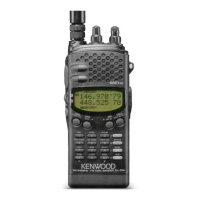
